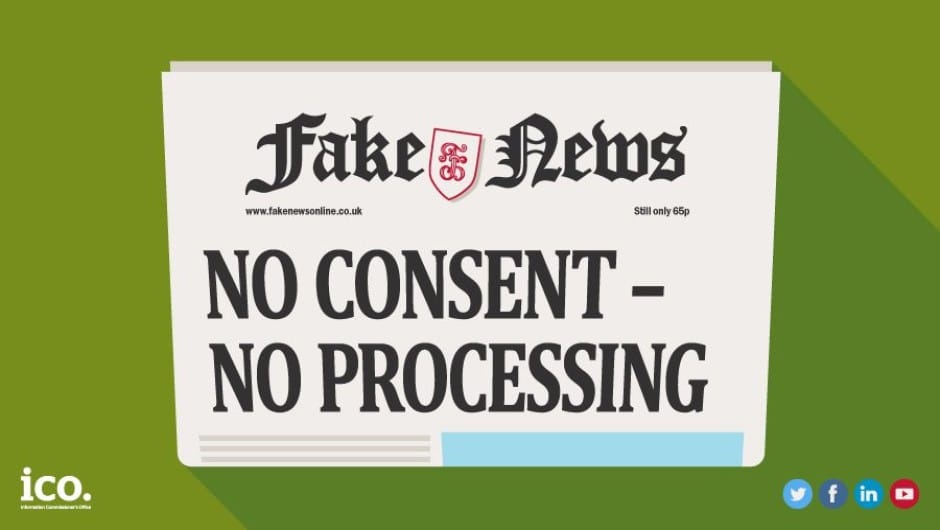As data protection and privacy professionals, we use terms from data protection legislation daily and they roll off the tongue as if we were born knowing what the words mean. The problem is, GDPR contains words that have both a legal meaning and a different semantic meaning.
Talking with consumers and clients, I realise that we must temper our language carefully. As practitioners, we understand the legal meaning and frequently we don’t account for clients only understanding the semantic meaning.
You say consent, I say ‘consent’
The domain of GDPR where I have felt this disparity most strongly is with the legal instrument referred to in the GDPR as ‘consent ’. Beyond GDPR’s ‘consent as legal basis for processing data’, many other forms of consent exist in our society . I recently gave a talk to a group of executives on GDPR and when I discussed ‘consent’ as a legal basis for processing, one individual in the audience noted how horrified he was that Ireland was reducing the age of consent from 16 to 13. Realising his confusion, I quickly reaffirmed that the ‘consent’ I was referring to was as a legal instrument for certain types of processing such as e-marketing – and no other kind.
Recent media coverage of the Ulster Rugby players trial made me realise how clear we must be with clients and others when expressing ourselves about ‘consent’. So, if you aren’t doing so already, I encourage you to explain to your clients not just the differences between consent and the other legal instruments in the GDPR, but the actual meaning of consent under GDPR.
Consent and permission ≠ the same
The second issue I have encountered is that I so frequently encounter people who do not understand ‘consent‘ in GDPR terms and who confuse it in that context with ‘consent’ in its literal sense.
It is an understandable confusion, as consent in its literal sense means ‘permission for something to happen or agreement to do something’. In GDPR, consent can only be provided and revoked from processing that is undertaken using consent as the legal basis for processing. I have found that organisations (and data subjects) often discuss how they will facilitate ‘revoking consent’ from processing of information that is processed under a legal basis other than consent.
Lawful bases for processing data
Elizabeth Denham, the UK Information Commissioner, summarised this issue succinctly when she noted that headlines about consent often lack context or understanding about all the different lawful bases that organisations will have for processing personal information under the GDPR. For processing to be lawful under the GDPR, at least one lawful basis is required.
Consider the following examples: a government body processing property tax information; banks sharing data for fraud protection purposes; or insurance companies processing claims information. All these examples require a different lawful basis for processing personal information that isn’t ‘consent’. Each legal instrument has its own set of requirements. If the legal basis for processing is, for example, legitimate interest, the GDPR outlines a completely different set of requirements. In such cases, you do not need consent. This also means that the rules for ‘consent’, such as positive affirmative opt-ins, and freedom to change preferences etc. are only mandatory for consent-based processing.
With less than a month to go until GDPR , some organisations may still be grappling with the issue of ‘consent’ and the related implications for data processing under a misunderstanding of the meaning and where it applies. For our part, privacy professionals can help by being completely clear in how we communicate – while watching for signs that our intended audience understands what we mean. The regulation will be with us for a long time to come after 25 May. It is always worthwhile to ensure privacy policies apply ‘consent’ only where it’s legally necessary to do so.


